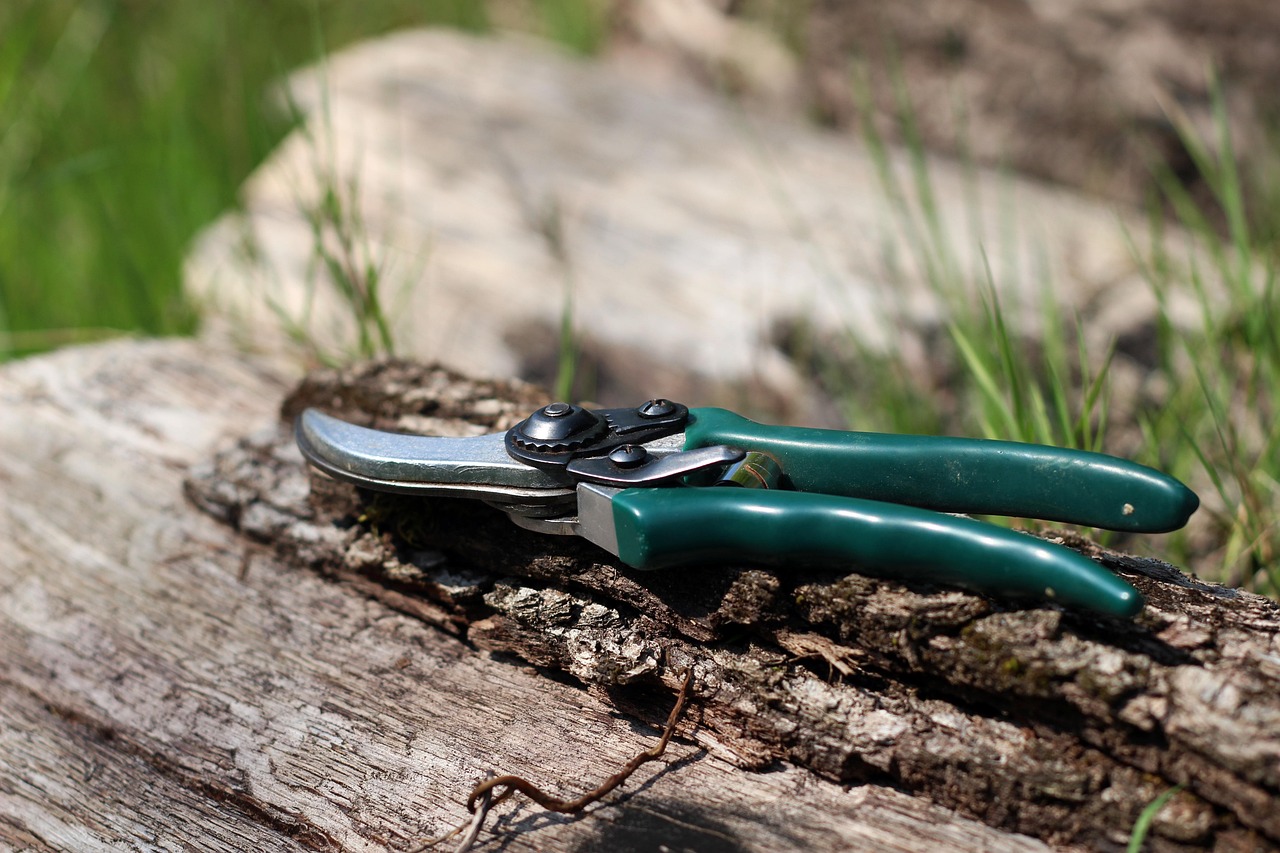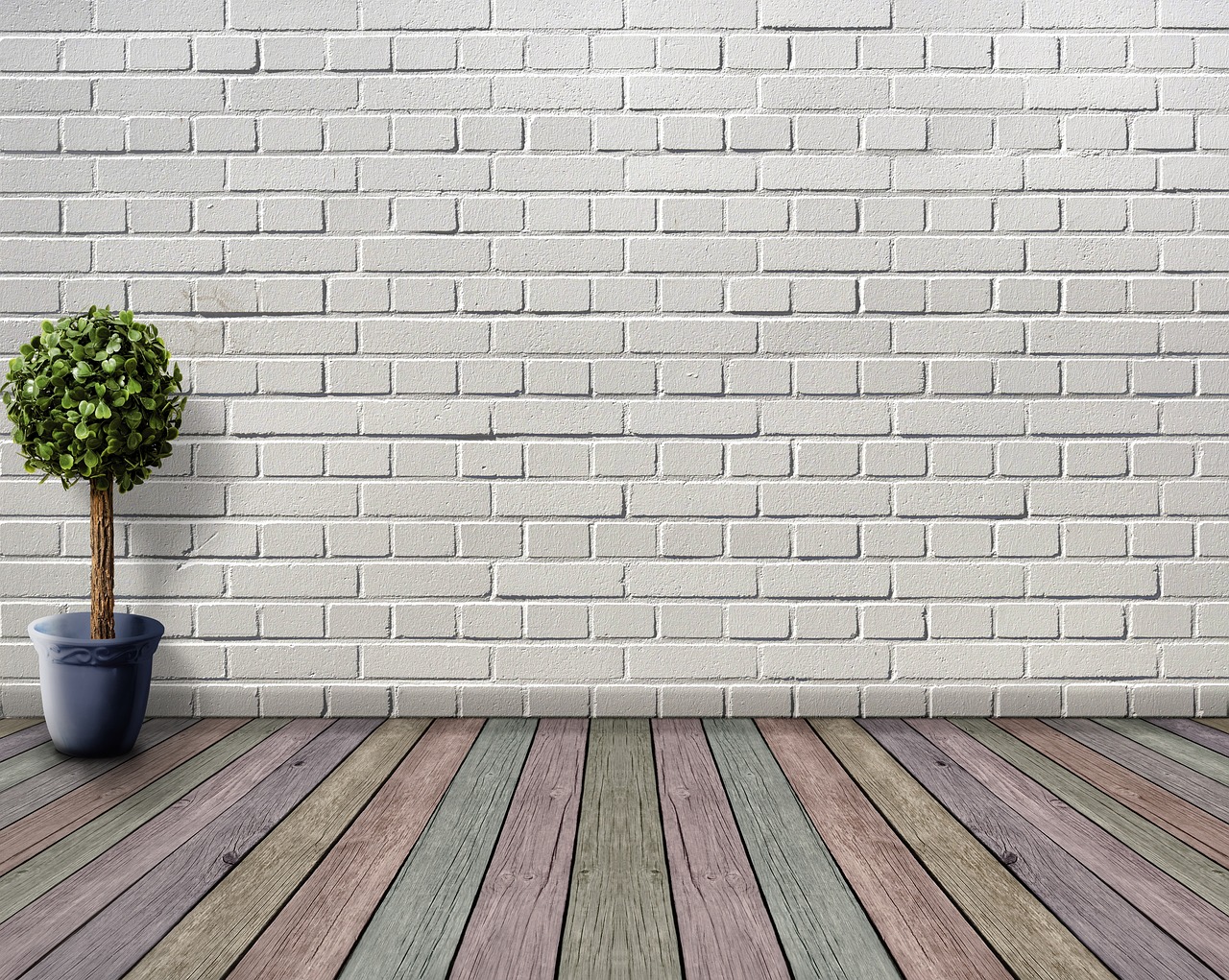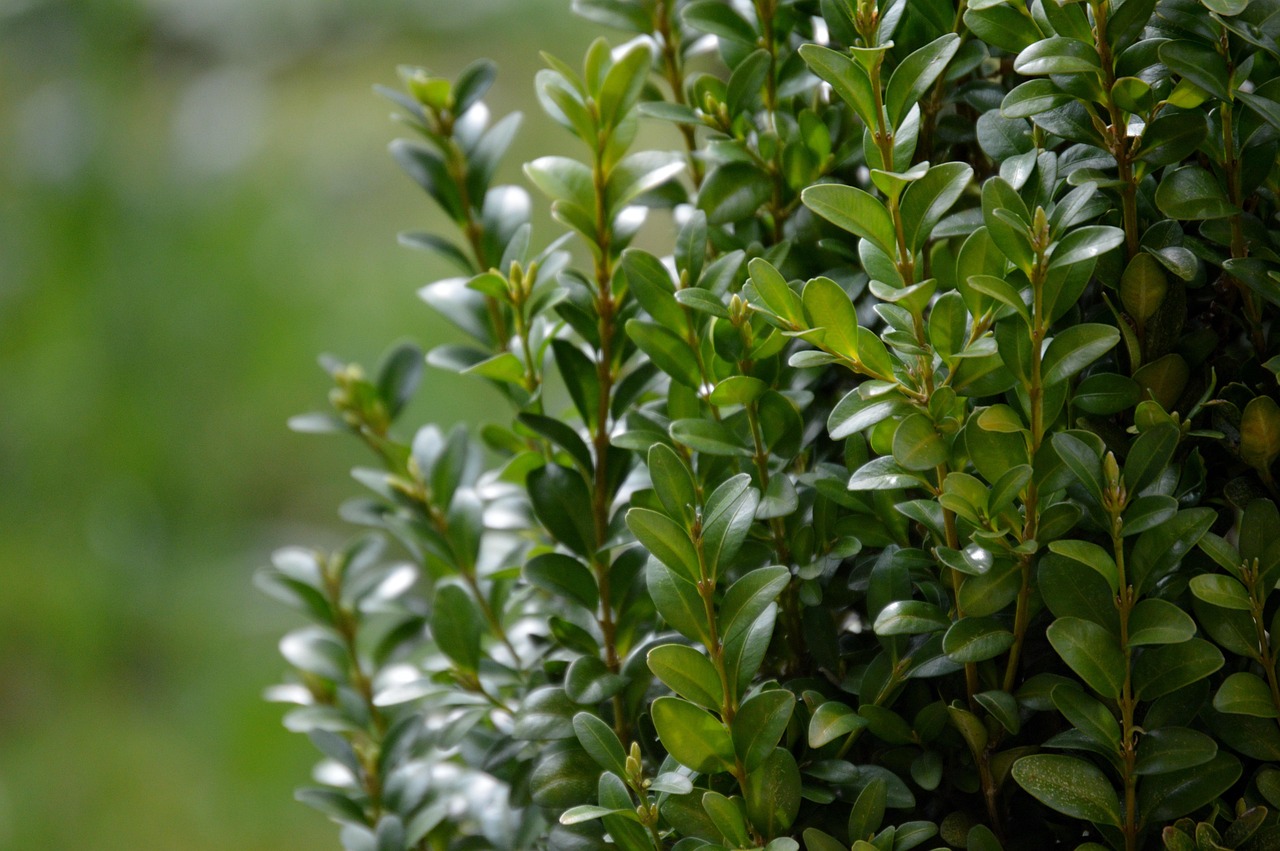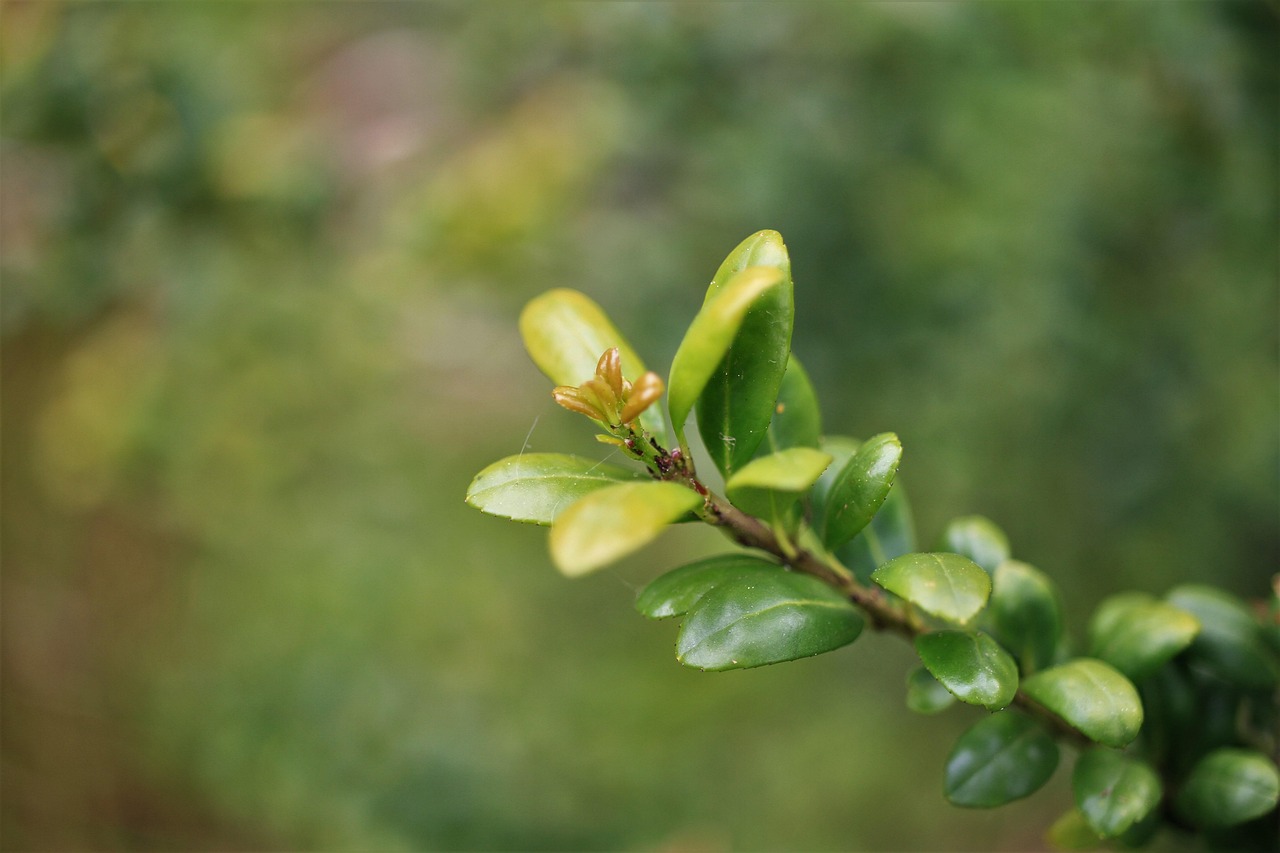Boxwood tree pruning is essential for creating artistic topiaries. Proper pruning techniques promote healthy growth, enhance shape, and allow for intricate designs. Regular maintenance ensures that boxwoods retain their desired form and vitality, making them ideal candidates for stunning topiary artistry.
Boxwoods are popular evergreen shrubs known for their dense foliage and adaptability. Their small, lush leaves make them perfect for shaping into various artistic forms. Historically, boxwoods have been used in gardens and landscapes for centuries, dating back to ancient Rome. Today, they remain a favorite choice among gardeners and landscapers looking to create visually appealing topiaries.

Pruning boxwoods requires knowledge of their growth patterns and an understanding of the best practices. The goal is to shape the plants while encouraging healthy growth. Understanding when to prune, how much to cut, and the right tools to use can make a significant difference in the final appearance of your topiaries.
| Aspect | Details |
|---|---|
| Scientific Name | Buxus spp. |
| Common Varieties | American Boxwood, English Boxwood, Korean Boxwood |
| Optimal Pruning Period | Late spring to early summer |
| Recommended Tools | Pruning shears, hedge trimmers, hand saws |
| Growth Rate | Slow to moderate |
Understanding Boxwood Growth Patterns
Boxwood trees exhibit a slow to moderate growth rate. This means they require regular pruning to maintain their desired shape. Generally, they grow about 6 to 12 inches per year, depending on the variety and growing conditions. Understanding these growth patterns helps gardeners plan their pruning schedule effectively.
Boxwoods have a natural tendency to become dense if left unpruned. This density can lead to problems such as reduced air circulation and increased susceptibility to pests and diseases. By pruning regularly, you can help maintain open foliage, which promotes healthy growth and reduces these risks.

Timing Your Pruning Sessions
The timing of your boxwood pruning is crucial for achieving the best results. Late spring to early summer is generally considered the optimal time for pruning boxwoods. During this period, new growth begins to emerge, and pruning encourages denser foliage and a more compact shape.
Pruning too early in the spring may damage new growth. Conversely, waiting until late summer or fall can lead to winter damage as new cuts may not have enough time to heal before cold weather sets in. Timing your pruning sessions correctly ensures that your topiaries remain healthy and visually appealing.
Essential Pruning Techniques
When pruning boxwoods for topiaries, there are several techniques to consider. Each technique serves a specific purpose in achieving the desired shape and maintaining the health of the plant.

- Shaping: This involves cutting back the outer foliage to define the topiary’s shape. Use sharp pruning shears for clean cuts.
- Thinning: Remove some of the inner branches and foliage. This improves airflow and light penetration within the plant, promoting healthy growth.
- Cleansing: Regularly remove any dead or diseased branches. This helps prevent the spread of disease and enhances overall plant health.
- Detailing: For more intricate designs, use hand shears or small pruners to refine edges and create sharp lines.
Using these techniques together allows you to create stunning topiary shapes while ensuring that the boxwood remains healthy. It’s essential to be patient and take your time when shaping your plants. Rushing the process can lead to uneven cuts and undesirable shapes.
Tools for Successful Pruning
Having the right tools is vital for effective boxwood pruning. The following tools are commonly used by gardeners and landscapers:
- Pruning Shears: Ideal for making precise cuts on small branches.
- Hedge Trimmers: Useful for larger boxwood shrubs requiring extensive shaping.
- Hand Saws: Best for cutting thicker branches that cannot be handled by shears.
- Gloves: Protect your hands while working with sharp tools and foliage.
Always ensure your tools are clean and sharp before starting any pruning work. This not only makes the task easier but also prevents damage to the plant.

Maintaining Your Topiary After Pruning
After pruning your boxwood topiaries, proper maintenance is essential for their longevity. Regular watering, especially during dry periods, is crucial for recovery from pruning. Additionally, applying a balanced fertilizer can promote healthy growth and vibrant foliage.
Pest management is another important aspect of maintaining boxwoods. Keep an eye out for common pests such as spider mites and scale insects. Early detection can make treatment more effective and keep your topiaries healthy and thriving.
With proper care and attention, your boxwood topiaries can remain a stunning focal point in your garden or landscape design for many years.
Advanced Techniques for Shaping Boxwood Topiaries
Creating artistic topiaries from boxwoods requires more than just basic pruning techniques. Advanced shaping methods can help you achieve intricate designs and unique forms that enhance your garden’s aesthetic. Understanding these techniques will allow you to express your creativity while maintaining the health of your plants.
Layering and Sculpting Techniques
Layering involves pruning boxwoods to create depth and dimension. This technique is particularly effective for larger topiaries. By selectively removing foliage from different levels, you can create a tiered effect that adds visual interest.
- Top Layer: Focus on the uppermost branches to create a rounded or flat top. This gives a polished look.
- Middle Layer: Trim back the sides of the middle layer to create a tapering effect. This helps direct the eye upwards.
- Bottom Layer: Allow the bottom layer to be fuller to give stability and support to the overall shape.
Sculpting, on the other hand, involves creating specific shapes such as animals, geometric figures, or abstract forms. This technique requires patience and precision. Many topiary artists use templates or wire frames to guide their cuts and maintain symmetry.
Creating Geometric Shapes
Geometric shapes are popular choices for boxwood topiaries. They can range from simple spheres to more complex pyramids or cubes. To create these shapes, follow these steps:
- Choose a Shape: Decide on the geometric form you want to create.
- Outline the Shape: Use stakes or markers to outline the desired shape in your garden.
- Start Pruning: Begin by removing large sections of foliage outside the outline. Gradually work your way toward the center.
- Refine Edges: Once the basic shape is formed, use hand shears to refine edges and create smooth lines.
This method not only enhances the visual appeal but also provides a structured look that can complement various garden styles.
Choosing the Right Boxwood Varieties for Topiaries
The variety of boxwood you select plays a crucial role in the success of your topiary. Different species have unique growth habits, leaf sizes, and overall appearances. Here are some popular boxwood varieties ideal for topiary creation:
| Variety | Description | Growth Habit |
|---|---|---|
| English Boxwood | Classic choice with small, lush leaves; very dense. | Compact and slow-growing. |
| Korean Boxwood | Tolerates cold well; has a slightly larger leaf. | Moderate growth; good for intricate designs. |
| American Boxwood | Larger leaves; more tolerant of different climates. | Fast growth; can achieve larger topiaries. |
| Dwarf Boxwood | Ideal for smaller topiaries; very compact growth. | Slow-growing; maintains a neat appearance. |
Selecting the right variety ensures that your topiaries maintain their shape and health over time. Consider your local climate, soil conditions, and the specific designs you want to achieve when making your choice.
Seasonal Considerations for Boxwood Pruning
The changing seasons influence how and when you should prune your boxwoods. Understanding seasonal growth patterns helps optimize your pruning efforts throughout the year.
Spring Pruning
Spring is an ideal time for initial shaping. As new growth emerges, it becomes easier to see where adjustments are needed. Prune lightly to encourage fuller foliage without causing shock to the plant.
Summer Pruning
This season is perfect for refining shapes and maintaining designs. After the initial spring flush, boxwoods can be pruned again if necessary. Focus on tidying up any overgrown areas and enhancing symmetry.
Fall Pruning
Avoid heavy pruning in the fall, as this can lead to winter damage. Instead, focus on removing any dead or diseased branches. Light shaping can be done if required, but it is best to keep it minimal to ensure plant health through winter.
Winter Care
Although winter is not a time for pruning, it is essential to protect your boxwoods from harsh conditions. Mulching around the base helps insulate roots and retain moisture. Additionally, consider wrapping smaller topiaries with burlap if you live in an area prone to extreme cold.
Pest and Disease Prevention Strategies
Maintaining healthy boxwoods involves regular monitoring for pests and diseases. Some common issues include boxwood blight, spider mites, and root rot. Here are some prevention strategies:
- Regular Inspections: Check your plants frequently for signs of pests or disease. Early detection is key to effective management.
- Cultural Practices: Ensure proper spacing between plants to improve airflow and reduce humidity around foliage.
- Fungicides: Apply fungicides as needed during wet seasons to prevent fungal diseases like boxwood blight.
- Pest Control: Use insecticidal soap or horticultural oils to manage pest populations when necessary.
By incorporating these strategies into your gardening routine, you can help ensure that your boxwood topiaries remain healthy, vibrant, and free from pests and diseases throughout the year.
Enhancing Aesthetic Appeal with Boxwood Topiaries
Boxwood topiaries can serve as stunning focal points in any garden or landscape design. By exploring various design ideas and aesthetic considerations, you can elevate the visual impact of your topiaries. The right approach to shaping, planting, and maintaining your boxwoods can result in captivating green sculptures that impress visitors and enhance your outdoor space.
Incorporating Color and Texture
While boxwoods provide a lush green backdrop, adding color and texture can further enhance their appeal. Consider the following strategies:
- Companion Planting: Pair boxwood topiaries with colorful flowering plants or seasonal blooms. This contrast can highlight the green foliage and create a vibrant display.
- Seasonal Decor: Use seasonal decorations such as ornaments, ribbons, or lights during holidays or special occasions to draw attention to your topiaries.
- Textural Contrast: Combine boxwoods with plants that have different leaf shapes or textures. For example, pairing them with ferns or ornamental grasses can create visual interest.
These methods not only enhance the beauty of your boxwood topiaries but also create a dynamic garden environment that changes with the seasons.
Popular Topiary Designs
The possibilities for designing boxwood topiaries are virtually limitless. Here are some popular designs that can inspire your own creations:
- Spherical Topiaries: Round shapes are classic and can be used as standalone pieces or grouped together for a cohesive look.
- Pyramidal Topiaries: These shapes add height to your garden and can serve as elegant accents along pathways or entrances.
- Animal Shapes: Crafting animals from boxwoods adds a whimsical touch to any garden. This requires more advanced skills but can be a fun project.
- Geometric Forms: Squares, cubes, and other geometric shapes provide a modern aesthetic that works well in contemporary gardens.
Each design offers unique opportunities for creativity. When selecting a shape, consider the overall theme of your garden and how the topiary will fit into that vision.
The Role of Boxwoods in Landscape Design
Boxwoods play a significant role in landscape design due to their versatility and ease of maintenance. Here are a few ways they contribute to various landscaping styles:
Formal Gardens
In formal gardens, boxwoods are often used to create structured hedges and borders. Their ability to be shaped into precise forms makes them ideal for defined spaces. Consider using boxwoods to:
- Create symmetrical designs that draw the eye.
- Define pathways and garden rooms.
- Add structure to flower beds and borders.
Cottage Gardens
In more relaxed cottage garden settings, boxwoods can provide a sense of order amidst a riot of colorful flowers. Use boxwoods in this context to:
- Frame garden beds without overwhelming other plants.
- Create low hedges that add dimension.
- Provide evergreen structure during winter months.
Contemporary Landscapes
Modern landscapes often embrace minimalism and clean lines. Boxwoods fit seamlessly into this style by offering:
- Sleek geometric shapes that enhance contemporary designs.
- A uniform appearance that complements modern architecture.
- A low-maintenance option that fits busy lifestyles.
By understanding how boxwoods fit into different landscape styles, you can make informed choices about their placement and design in your outdoor spaces.
Pruning Techniques for Artistic Expression
The art of pruning is essential for achieving artistic boxwood topiaries. Here are some specialized techniques that can help you express creativity through pruning:
Directional Pruning
This technique involves selectively removing branches based on their direction of growth. By pruning inward or outward, you can control the density and shape of the topiary. To employ directional pruning effectively:
- Identify the desired shape you wish to achieve.
- Remove branches growing inward to promote an open structure.
- Trim outward-growing branches to maintain a compact form.
Layering Technique
Layering is a method used to create a multi-dimensional effect in your topiary. This technique is especially useful for larger designs. Follow these steps:
- Select Layers: Choose specific levels within the topiary where you want to create distinct layers.
- Prune Strategically: Remove excess foliage from each layer while keeping the overall shape intact.
- Maintain Balance: Ensure that each layer appears balanced relative to others for visual harmony.
This approach allows for greater complexity in the design while ensuring the health of the plant is prioritized.
The Importance of Regular Maintenance
Regular maintenance extends beyond pruning and includes ongoing care throughout the growing season. Here are essential maintenance practices:
- Watering: Ensure your boxwoods receive adequate moisture, especially during dry spells. Deep watering encourages strong root development.
- Fertilization: Apply a balanced fertilizer in early spring to promote healthy growth and vibrant foliage.
- Mulching: Use mulch to retain moisture, suppress weeds, and regulate soil temperature around your boxwoods.
By committing to regular maintenance practices, you set the stage for healthy growth and stunning topiary displays throughout the seasons.
Maximizing the Impact of Your Boxwood Topiaries
Creating artistic topiaries from boxwoods not only enhances your garden’s beauty but also reflects your personal style. To maximize their impact, consider these additional aspects:
Seasonal Adjustments
As seasons change, the appearance and care requirements of your boxwood topiaries will also shift. Here are ways to adapt your approach throughout the year:
- Spring: This is the time for rejuvenation. Focus on shaping and removing any winter damage. New growth provides a fresh canvas for design.
- Summer: Maintain your designs by performing light trimming as needed. Keep an eye on watering to ensure that your boxwoods remain hydrated during hotter months.
- Fall: Prepare for winter by ensuring all pruning is complete. Apply mulch to protect roots and maintain soil temperature.
- Winter: Although pruning should be avoided during this time, check for any damage from snow or ice and adjust coverings as necessary.
Designing with Light
Light plays a crucial role in how your boxwood topiaries look throughout the day. Here are some considerations:
- Sunlight Exposure: Ensure your boxwoods receive sufficient sunlight to promote healthy growth. Most boxwoods prefer partial to full sunlight, so consider their placement carefully.
- Lighting Effects: Use outdoor lighting to highlight your topiaries during the evening. Spotlights or garden lights can create dramatic effects and make your garden a focal point even at night.
By understanding how light interacts with your topiaries, you can enhance their visual appeal and enjoyment throughout different times of the day.
Topiary Trends and Innovations
The world of gardening is always evolving, and topiary design is no exception. Keeping abreast of current trends can inspire new ideas for your boxwood projects:
- Sustainable Gardening: Use organic methods for fertilization and pest control. This trend emphasizes eco-friendly practices that contribute to a healthier environment.
- Integrated Designs: Many gardeners are blending traditional topiary with modern landscape elements, such as incorporating topiaries within contemporary hardscapes or water features.
- Vertical Gardens: Consider using boxwoods in vertical garden designs. Wall-mounted planters with trimmed boxwoods can create an eye-catching living wall.
Staying informed about trends can inspire you to innovate and experiment with new techniques in your own garden.
Engaging with the Gardening Community
Joining gardening clubs or online forums can provide valuable resources, support, and inspiration for your topiary endeavors. Here are some benefits of engaging with the gardening community:
- Shared Knowledge: Gain insights from experienced gardeners about successful techniques and solutions to common problems.
- Workshops and Events: Participate in local gardening events or workshops focused on pruning and topiary creation, enhancing your skills through hands-on experiences.
- Networking Opportunities: Connect with other gardening enthusiasts who share your passion for boxwoods and topiary art.
Your involvement in the gardening community not only enriches your knowledge but also fosters friendships and collaboration among fellow garden lovers.
Final Thoughts
Boxwood tree pruning for creating artistic topiaries is both an art and a science. Through understanding growth patterns, mastering pruning techniques, and maintaining proper care, you can create stunning green sculptures that elevate any garden space. Embrace the creative possibilities offered by boxwoods, and do not hesitate to experiment with shapes, designs, and complementary plantings.
The journey of cultivating artistic topiaries is rewarding, offering opportunities for personal expression and aesthetic enjoyment. With regular maintenance, awareness of seasonal needs, and engagement with the gardening community, your boxwood topiaries will thrive and provide lasting beauty for years to come. Enjoy the process, and let your creativity flourish as you shape these magnificent plants into living art forms.
